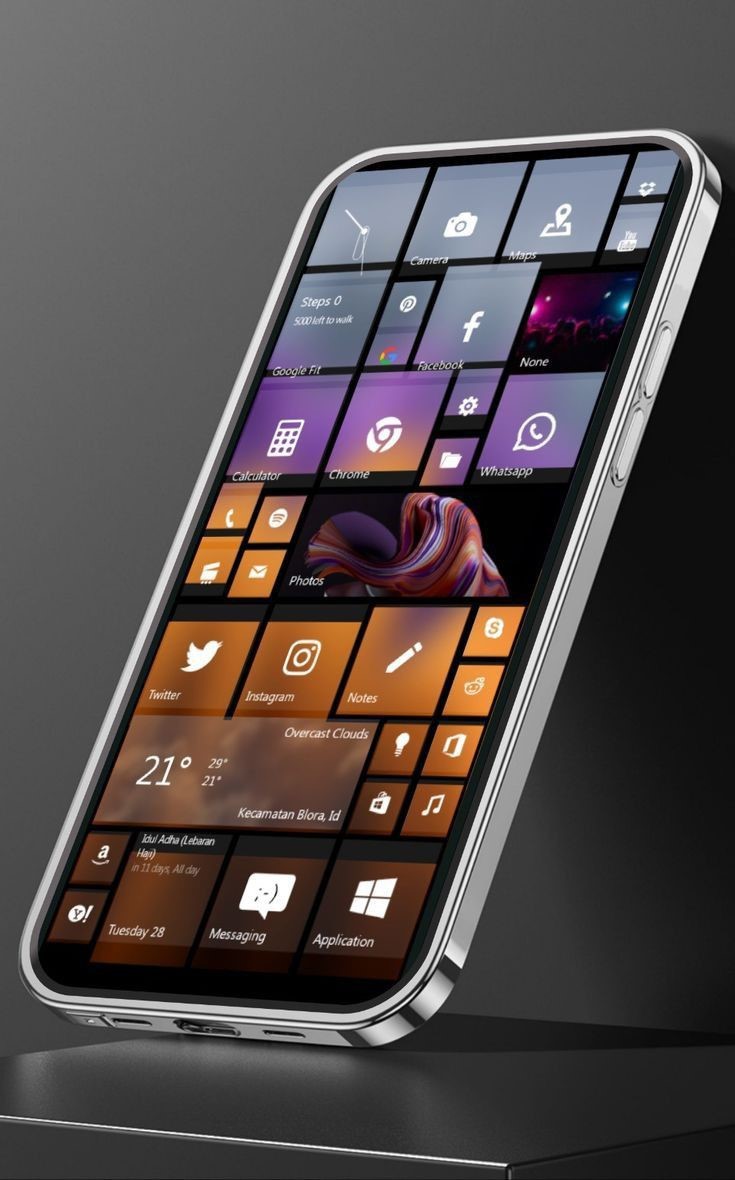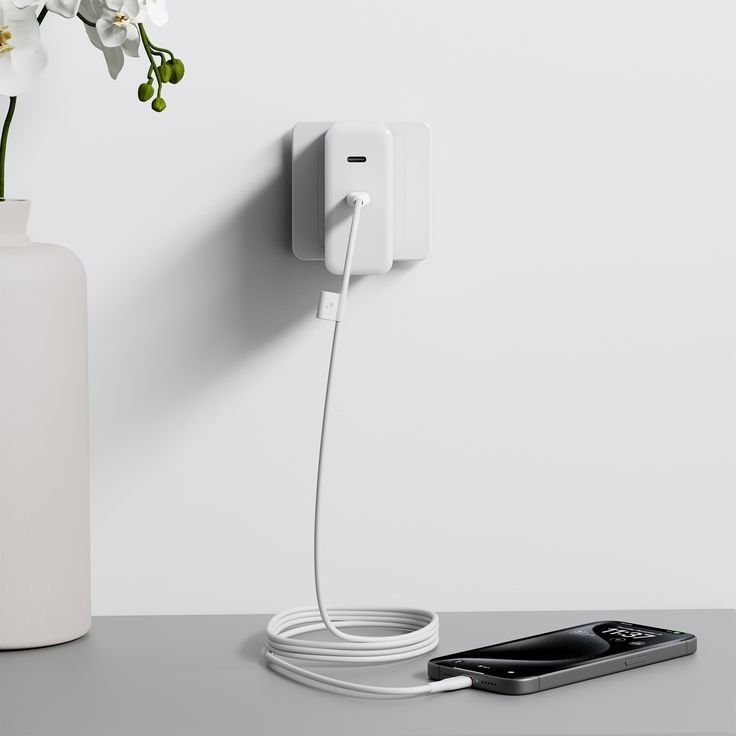
Experiencing no sound on iPhone can be incredibly frustrating, especially when you’re missing important calls, notifications, or the latest episode of your favorite podcast. Audio problems can stem from various sources, including hardware faults, software glitches, or user settings. In this detailed guide, we’ll walk you through all possible causes and solutions for no sound on iPhone, helping you get your device back to normal.
Common Reasons for No Sound on iPhone
Before diving into solutions, it’s important to understand the potential causes of no sound on iPhone. Identifying the root issue will help you apply the correct fix faster.
- Silent Mode Enabled: iPhones have a physical mute switch. If enabled, you’ll get no sound on iPhone for calls and notifications.
- Volume Turned Down: It might sound basic, but low volume settings are a common reason for no sound on iPhone.
- Do Not Disturb Mode: This feature silences calls, messages, and notifications.
- Bluetooth Audio Routing: If your iPhone is connected to a Bluetooth device, audio may be routed elsewhere.
- Headphone Mode Glitch: Sometimes your iPhone gets stuck in headphone mode, causing no sound on iPhone even when headphones are disconnected.
- Software Bugs: iOS glitches can cause temporary audio issues.
- Hardware Damage: Water damage or physical impact may damage the speaker, leading to no sound on iPhone.
Step-by-Step Solutions to Fix No Sound on iPhone
Let’s explore detailed steps to resolve no sound on iPhone and restore your audio.
1. Check the Silent Switch and Volume Buttons
Start with the simplest fix:
- Silent Switch: Locate the mute switch on the left side of your iPhone. If it’s showing orange, silent mode is on. Flip it to turn sound back on.
- Volume Buttons: Use the volume up button to increase the sound. Check if the volume indicator appears on the screen.
2. Inspect Sound Settings
Sometimes the issue is in your settings:
- Go to Settings > Sounds & Haptics.
- Adjust the Ringer and Alerts slider.
- Make sure Change with Buttons is enabled, allowing you to control volume with physical buttons.
This can solve many cases of no sound on iPhone related to configuration errors.
3. Turn Off Do Not Disturb and Focus Modes
Do Not Disturb silences all alerts. Here’s how to turn it off:
- Open Control Center (swipe down from the top-right corner on iPhone X or newer, swipe up from bottom on older models).
- Tap the moon icon to disable Do Not Disturb.
- Also, check Focus Modes (like Sleep or Work) as they may mute sound.
This resolves many instances of no sound on iPhone caused by overlooked Focus settings.
4. Disconnect from Bluetooth Devices
If audio is playing elsewhere:
- Go to Settings > Bluetooth.
- Turn off Bluetooth or disconnect from specific devices.
- Try playing audio again.
This can fix no sound on iPhone when sound is routed to wireless headphones or speakers.
5. Check for Headphone Mode Issues
To see if your iPhone is stuck in headphone mode:
- Plug in and then unplug your headphones.
- Clean the headphone jack or Lightning port with a soft brush or compressed air.
- Restart your iPhone.
If no sound on iPhone continues, headphone mode may be to blame.
Advanced Fixes for Persistent No Sound on iPhone Issues
When basic steps don’t work, try the following advanced methods.
6. Restart Your iPhone
A simple restart can resolve temporary glitches:
- For iPhone X or later: Press and hold the side button and volume up/down button until the slider appears. Slide to power off, then restart.
- For older models: Hold the power button alone.
Restarting can solve many minor software issues causing no sound on iPhone.
7. Update iOS
Outdated software may have bugs:
- Go to Settings > General > Software Update.
- Download and install any available updates.
Apple often releases patches to fix issues like no sound on iPhone in newer iOS versions.
8. Reset All Settings
If nothing else works, reset your settings:
- Go to Settings > General > Transfer or Reset iPhone > Reset > Reset All Settings.
- This won’t delete data but will reset preferences.
This can help if misconfigured settings are responsible for no sound on iPhone.
When to Seek Professional Help
9. Check for Physical Damage
Physical or water damage can result in no sound on iPhone. Inspect your device:
- Look for visible cracks, dents, or signs of water exposure.
- Try using Voice Memos app to record sound. If you can’t hear playback, the speaker might be damaged.
10. Contact Apple Support
If you’ve tried all the above and still have no sound on iPhone, it’s time to reach out to Apple:
- Visit an Apple Store or Authorized Service Provider.
- Use the Apple Support app or website to book an appointment.
Apple technicians can diagnose hardware issues causing no sound on iPhone and offer repair or replacement options.
Preventing Future Sound Issues on iPhone
To avoid facing no sound on iPhone again, follow these tips:
- Handle with care: Avoid dropping or exposing your iPhone to water.
- Clean your ports regularly: Dust and debris can affect speaker performance.
- Use official accessories: Faulty chargers or earphones may damage your audio circuits.
- Install updates regularly: Keep iOS and apps updated to avoid software-related issues.
Quick Troubleshooting Checklist
Here’s a summary of what to do if you experience no sound on iPhone:
- Check mute switch and volume.
- Disable Do Not Disturb.
- Disconnect Bluetooth devices.
- Restart the iPhone.
- Update iOS.
- Reset settings.
- Contact Apple if needed.
Following this checklist can solve most no sound on iPhone problems efficiently.
Final Thoughts
Dealing with no sound on iPhone can be a hassle, but in most cases, the issue is minor and easily fixed. From checking the mute switch to updating iOS or seeking professional help, there are numerous ways to restore your iPhone’s audio. By using this guide, you should be able to identify the cause and solution quickly. Always take preventive measures to maintain your iPhone’s audio performance and avoid repeated issues.






